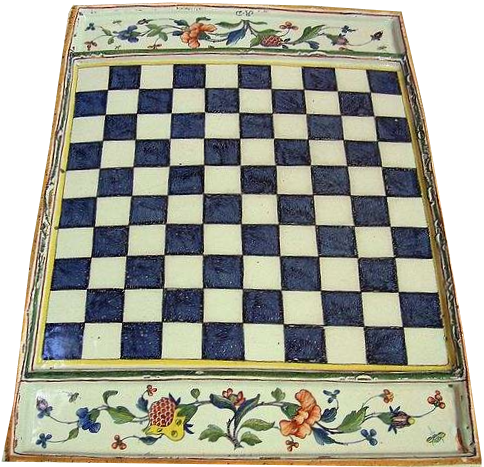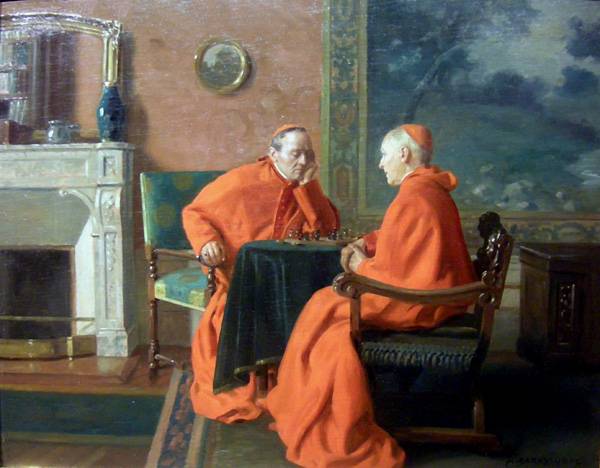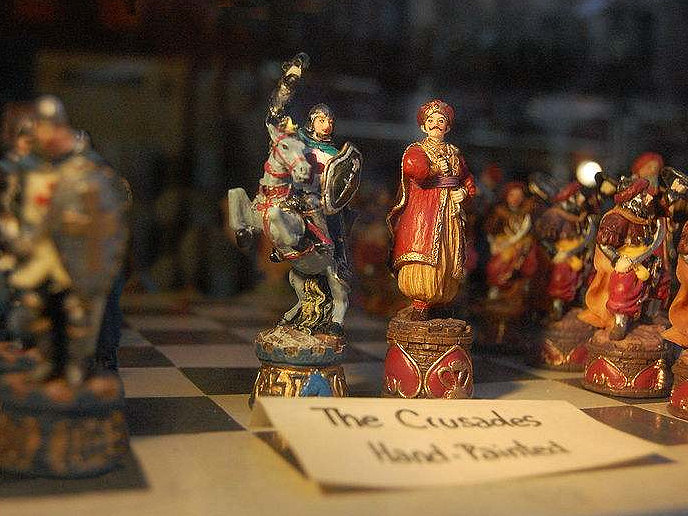The game of chess originated in India some 1,500 years ago, being called back then chaturanga. Like all other traditions, chess was passed on from one generation to another, being slowly improved over time, and one of these improvements was the Queen piece.
Today, the Queen is the most powerful piece on the board, but it was not always this way. Nor was this piece always called “Queen.” It was the King’s “adviser,” so in the Kingdom of Bengal (India), it was called the mantri (minister); in Persia, the Vazīr (vizir); in the Arabic world, Wazīr/Firz (vizier); in Turkey, vezir; but an improvement was made when chess was brought to Catholic medieval Europe. Players began referring to this piece as the “queen,” since its initial position was right next to the king, making them the royal couple. The queen was one of the weaker pieces though. She moved just one square at a time, diagonally at that, making her less powerful than today’s bishop.
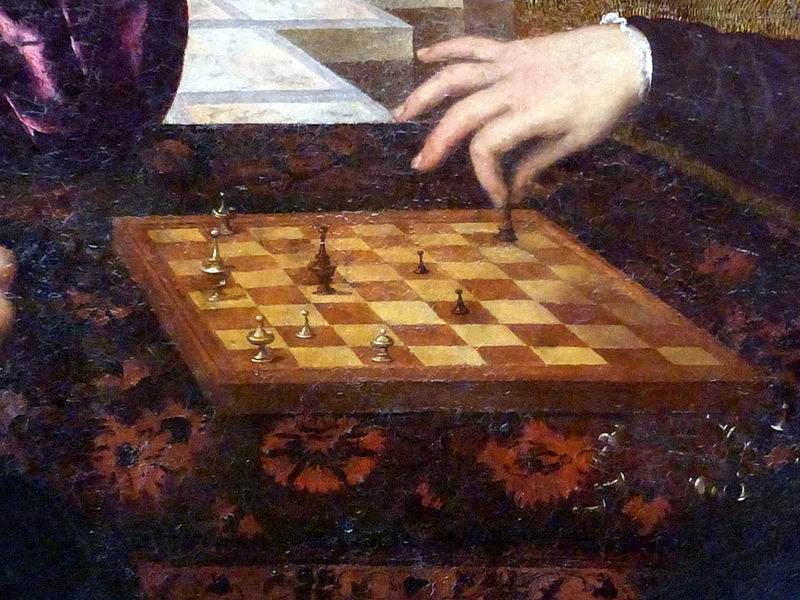 All this changed with Isabella the Catholic’s dramatic intervention in the siege of Baza, in 1489, seven years into her ten-year war of reconquest of the Muslim Kingdom of Granada.
All this changed with Isabella the Catholic’s dramatic intervention in the siege of Baza, in 1489, seven years into her ten-year war of reconquest of the Muslim Kingdom of Granada.
Her husband, King Ferdinand of Aragon, was one of the best generals of his time and he had excellent generals helping him in this siege, but it all seemed “a bridge too far.” The city was too powerful, defended by a strong, 20,000-man garrison, and well provisioned to withstand the longest siege. The Catholic troops and artillery seemed woefully disproportional to the task and after six months of siege warfare, the King called his generals to a council of war, and they recommended lifting the siege and withdrawing. Before striking camp, however, Ferdinand sent a messenger to Isabella who was then at Jaen, 90 miles away. She sent back word that a retreat would demoralize all Spain. They should continue the siege and she would go herself to their assistance.
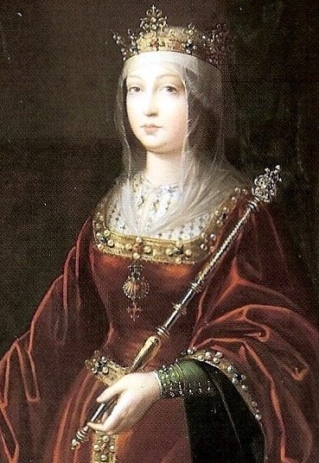 The Queen’s arrival at the camp sent the Crusaders into transports of joy and enthusiasm, while inside Baza, the Muslim garrison despaired, seeing in her arrival the fatal seal of impending doom. Three weeks later they surrendered and were given all the honors of war.
The Queen’s arrival at the camp sent the Crusaders into transports of joy and enthusiasm, while inside Baza, the Muslim garrison despaired, seeing in her arrival the fatal seal of impending doom. Three weeks later they surrendered and were given all the honors of war.
As the news of Baza’s fall was carried everywhere, the Crusaders’ enthusiasm at Isabella’s arrival at their camp reverberated throughout Spain, and among the manifestations of joy, the rules of chess were changed, with the Queen becoming a most powerful piece, sweeping and majestic in her moves. A few years later, Luis Ramírez de Lucena enshrined the new rules in Repetición de Amores y Arte de Ajedrez, the oldest printed book on chess we have today, and the new rules were here to stay.
When we play chess, perhaps while enjoying a piece of chess pie, we should remember Isabella the Catholic, the greatest Queen Spain ever had, and how her Crusading zeal 500 years ago changed this ancient game forever.
Short Stories on Honor, Chivalry, and the World of Nobility—no. 447
